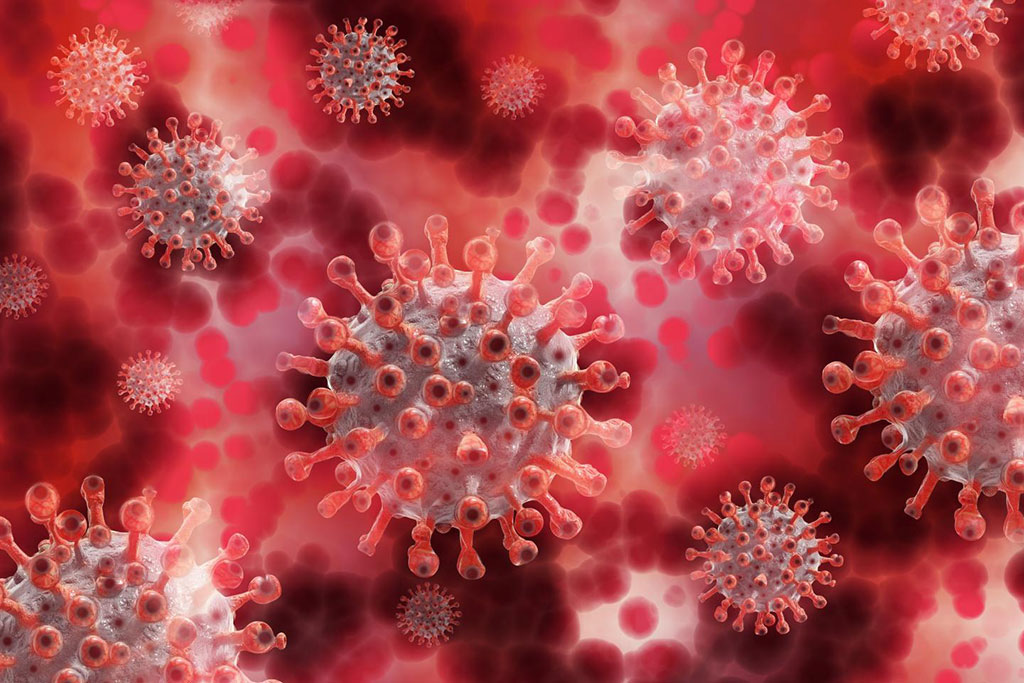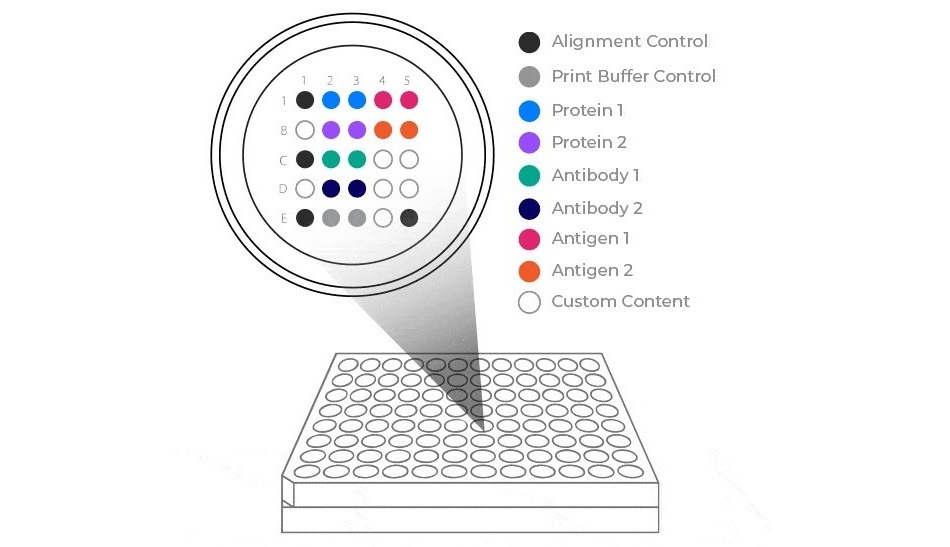Serum Biomarkers Enable Tracing the Progress of COVID-19 Infections
By LabMedica International staff writers
Posted on 20 Jul 2021
A team of Spanish investigators has shown that levels of angiotensin-converting enzyme 2 and various truncated versions of this protein in the blood could be used as biomarkers for following the progress of COVID-19 infection in hospitalized patients.Posted on 20 Jul 2021
Useful biomarkers are needed to assess the severity and prognosis of COVID-19 disease, caused by severe acute respiratory syndrome coronavirus (SARS-CoV-2) virus. Toward this end, investigators associated with the Spanish National Research Council (Madrid, Spain) examined the levels of various plasma species of the SARS-CoV-2 host receptor, the angiotensin-converting enzyme 2 (ACE2), in patients at different phases of the infection.

Image: Artist’s rendition of the SARS-CoV-2 virus, which causes COVID-19 (Photo courtesy of Pixabay)
ACE2 is a ubiquitous glycoprotein abundantly expressed in humans, particularly in the lung epithelia and oral and nasal mucosa, providing a possible entry route for SARS-CoVs. The human ACE2 gene is localized on the X chromosome and encodes an 805 amino acid-long type I transmembrane glycoprotein with an apparent molecular mass of about 100-130 kiloDaltons. Plasma ACE2 levels have been found to be increased in several inflammatory processes, including renal and cardiovascular disease, as well in diabetes and several others pathological conditions, including acute lung injury.
In the current study, the investigators aimed to characterize and to determine the levels of ACE2 in plasma using immunoprecipitation and western blotting, a technique that allows for both the separation and quantification of individual ACE2 species. They sought to assess whether some of these species could constitute a biomarker of disease in patients infected by SARS-CoV-2. They also analyzed whether plasma levels of the ACE2 species were differentially affected in COVID-19 compared with non-disease subjects, and if levels were restored in patients after a recovery period. The levels of plasma ACE2 species were also analyzed in patients infected by influenza A virus, which uses a different host receptor but can cause similar complications to those of SARS-CoV-2 infection.
The test group comprised 24 women and 35 men, with a mean age of 64 years, who tested positive for COVID-19 by a positive reverse transcription polymerase chain reaction (RT-PCR) assay. All were hospitalized seven to nine days after symptom onset. Of these, 48 SARS-CoV-2 infected patients suffered a moderate presentation of COVID-19, and 11 were considered severe. Two additional groups were also analyzed, one of 17 participants (nine women and eight men), which included individuals aged 34 to 85 years with influenza A virus pneumonia. The other group consisted of 26 disease-free controls (14 women and 12 men) aged 34-85 years.
Results revealed that patients with acute phase COVID-19 had significantly reduced plasma levels of the full-length ACE2 protein compared to non-infected controls. In addition, the plasma levels of a lower molecular mass (70 kiloDalton) truncated ACE2 fragment were increased. These abnormal levels of ACE2 and truncated ACE2 returned to normal after the patients' recovery, suggesting that both forms of ACE2 present in plasma could be used as biomarkers of the progression of coronavirus infection. Furthermore, truncated ACE2 levels served to discriminate between patients infected with SARS-CoV-2 and those infected with influenza A virus.
"Our approach to this research line was the possibility that soluble ACE2 protein can serve as a read-out during infection with COVID-19. This hypothesis originates from our expertise in Alzheimer's disease. In this work we have studied the plasma levels of the coronavirus receptor, the ACE2 protein, and we have been able to determine that there are different forms of the protein in plasma, and that part of the soluble ACE2 are proteolytic fragments of the ACE2 receptor, generated subsequently to interaction with the virus. The full-length protein is also found in plasma, which provides information about tissue affection during infection," said senior author Dr. Javier Sáez-Valero, principle investigator in molecular neurobiology at the UMH-CSIC Neurosciences Institute in Alicante (Spain).
The study was published in the June 30, 2021, online edition of the FASEB Journal.
Related Links:
Spanish National Research Council
UMH-CSIC Neurosciences Institute in Alicante













